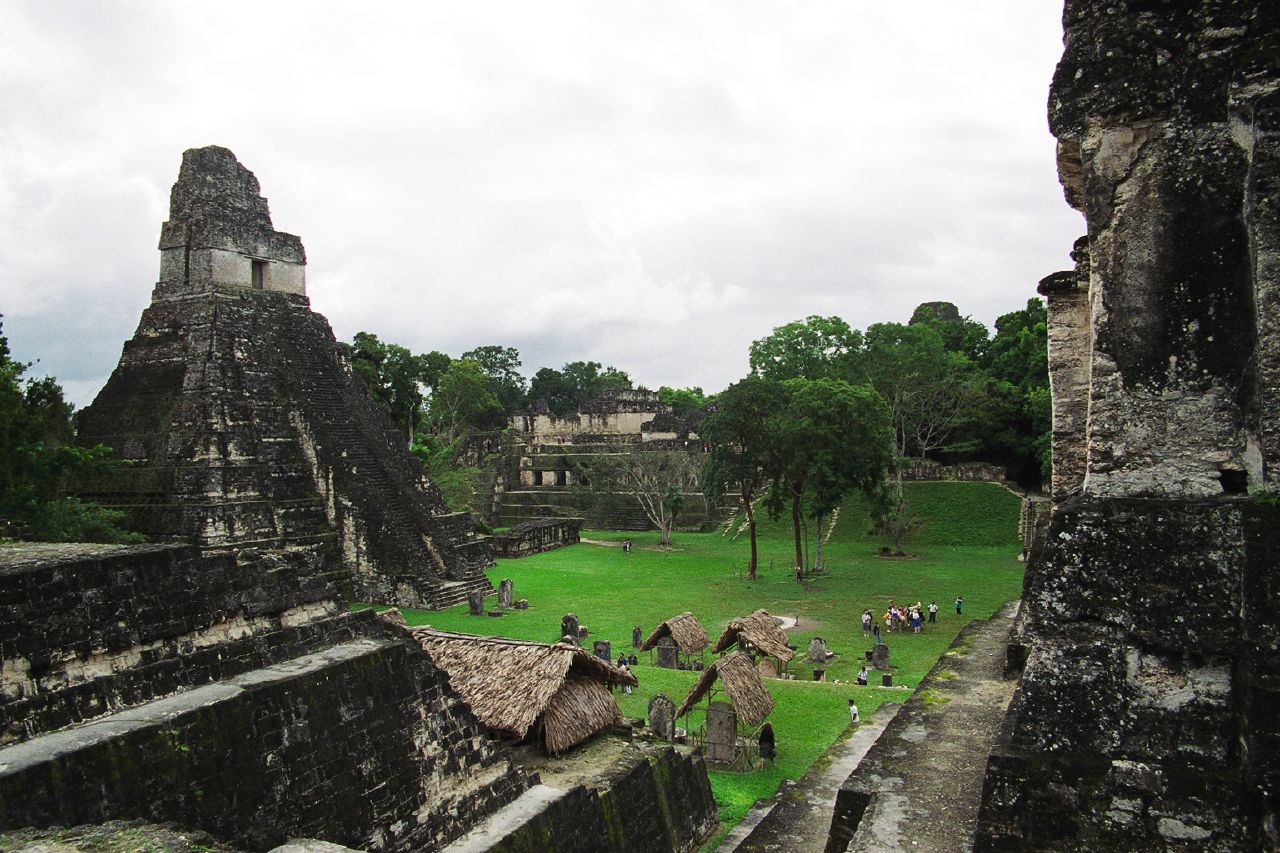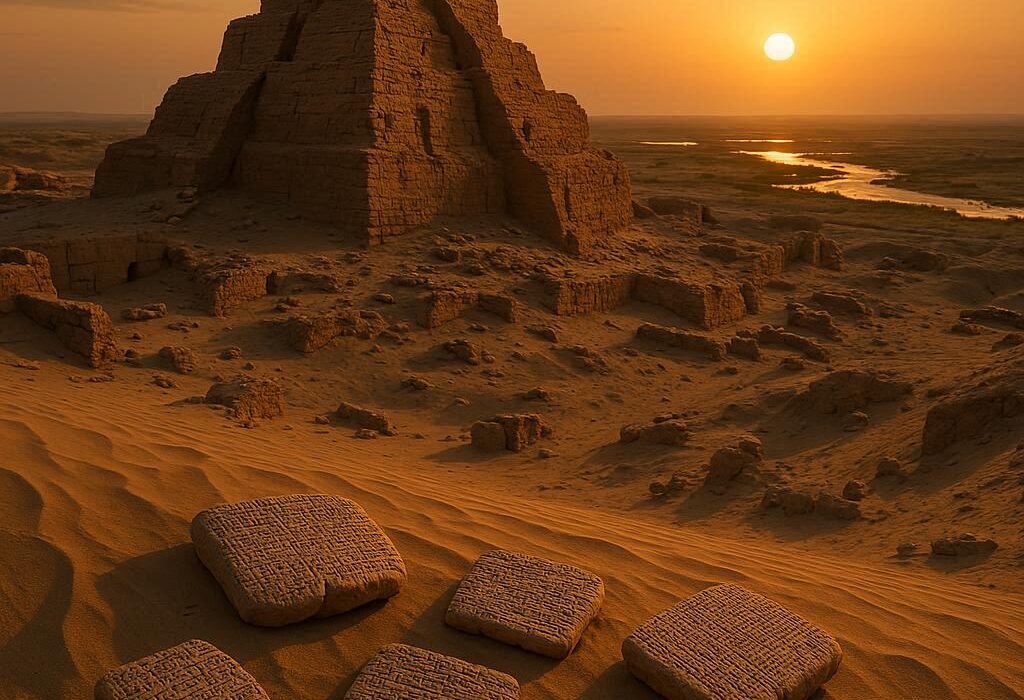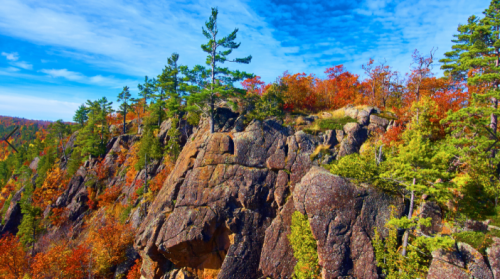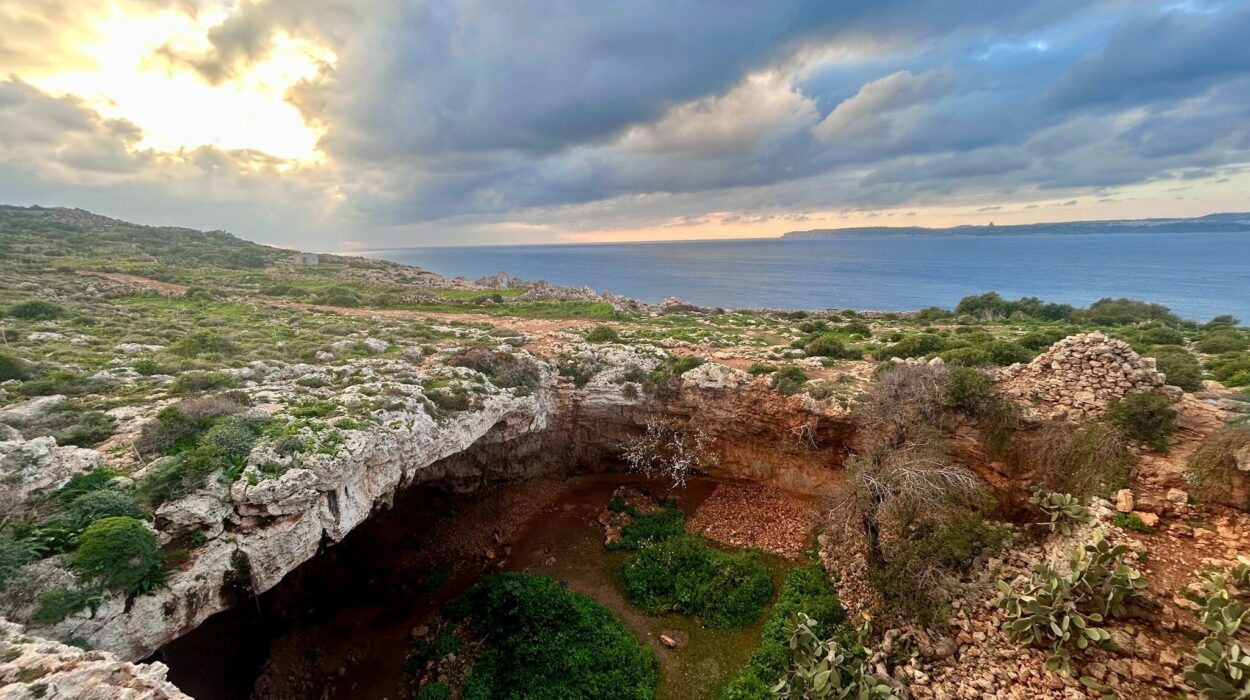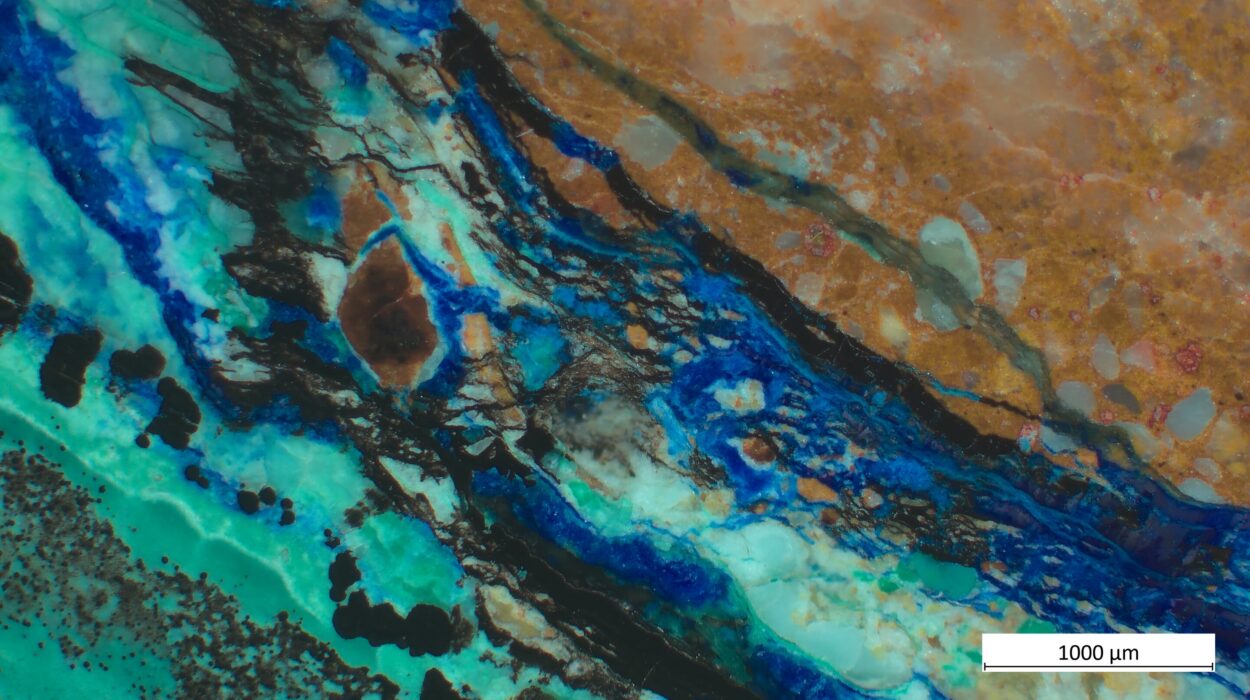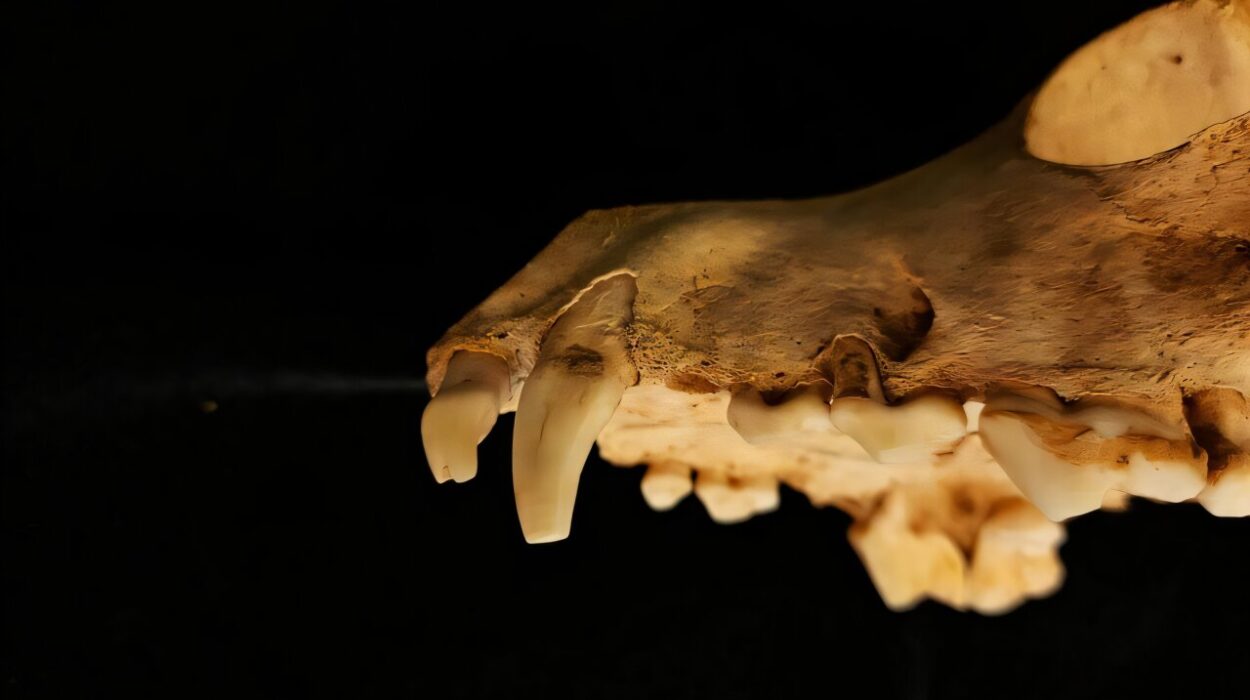Beneath the cities we inhabit, under the farmland, forests, deserts, and oceans, lie ghostly blueprints of civilizations lost to time. Their walls have crumbled, their languages faded, and their gods long since abandoned. Yet still they whisper—through fragments of pottery, through crumbling steps buried in jungle vines, through alignments of stone barely visible from the sky. These are the lost cities: vast, mysterious, and still hiding beneath our feet.
Across continents and centuries, entire urban centers have vanished—swallowed by the jungle, drowned by rising seas, entombed by volcanic fury, or simply forgotten. But forgotten does not mean gone. Advances in satellite imagery, ground-penetrating radar, and remote sensing are peeling back the Earth’s layers, revealing that history is far richer, older, and more interconnected than we once believed.
This is the story of those lost cities—not just as archaeological curiosities, but as windows into the soul of humanity. Their silent streets tell tales of ambition, collapse, ingenuity, and the universal yearning to build something that will outlive us.
The Earth Remembers
The Earth is not a blank canvas, but a palimpsest. Beneath every field and forest are layers upon layers of human experience, written in stone, bone, and soil. Cities are not always conquered or destroyed; sometimes they are simply outlived by their usefulness. Climate changes. Trade routes shift. Rivers dry up or change course. What once was a thriving metropolis becomes an inconvenient ruin, and later, a memory.
In some places, like the Mayan cities of Central America, the jungle reclaims stone temples with such hunger that the ancient roads are barely distinguishable from the undergrowth. In others, like ancient cities beneath the Sahara, time buries entire networks of urban life under drifting dunes, making the desert appear lifeless where vibrant communities once thrived.
Even cities buried beneath our own modern metropolises persist in ghostly layers—Roman Londinium beneath London, Aztec Tenochtitlán under Mexico City, and Byzantine Constantinople beneath Istanbul. The past lies just inches away, watching.
The Amazon’s Hidden Kingdoms
For centuries, European explorers believed the Amazon rainforest to be an untouched wilderness. That assumption was wrong. Very wrong.
In recent decades, scientists have uncovered evidence that the Amazon was once home to vast, interconnected societies. Using LIDAR (Light Detection and Ranging), researchers can scan the forest floor by bouncing laser pulses from aircraft. Trees and vegetation disappear from the image, leaving behind the shapes of buried cities.
In Bolivia, Brazil, and Peru, massive geometric earthworks—plazas, causeways, canals, and ceremonial platforms—have emerged from the green. These were not small villages; they were carefully engineered urban networks, some housing tens of thousands of people. Recent studies suggest that over a million people may have once inhabited the upper Amazon basin.
The cities were hidden not because they never existed, but because they were swallowed by rainforest regrowth after the population was decimated by European-introduced diseases. Their rediscovery is not only rewriting the history of South America but challenging our assumptions about what kinds of civilizations can flourish in seemingly inhospitable environments.
The Sands of Time Shift in the Sahara
The Sahara was not always a desert. Between 10,000 and 5,000 years ago, it was a lush, green landscape dotted with lakes and rivers. It was the Sahara’s green phase—the African Humid Period—and it hosted nomadic pastoralists and perhaps even early urban centers.
Satellite imagery has revealed strange dark shapes beneath the sand: possible roads, walls, and circular settlements. In Libya, Chad, and Algeria, petroglyphs and ancient tools offer glimpses into a forgotten past. There are tantalizing hints of cities now buried under hundreds of feet of sand.
The Garamantes, an advanced Berber civilization in what is now southwestern Libya, built a series of fortified towns and an intricate underground water system. Their capital, Garama, thrived between 500 BCE and 700 CE. Long overlooked by historians, the Garamantes are now considered one of the most complex urban societies of ancient Africa—hidden in plain sight until aerial surveys revealed their presence.
More secrets undoubtedly lie beneath the Sahara. But the desert is vast, and its dunes constantly move, concealing and revealing in a rhythm that spans centuries.
The Cities Beneath the Seas
Not all lost cities lie beneath soil and forest. Some are drowned beneath oceans, lakes, and rivers—submerged not by metaphorical tides of history, but by literal ones.
In the Gulf of Khambhat, off the coast of India, sonar scans revealed a pattern of geometric structures deep beneath the water—suggesting the presence of an ancient city. Artifacts pulled from the sea floor, including tools and pottery, suggest that these structures could be over 9,000 years old. If confirmed, this would predate the earliest known urban sites in the region by millennia.
Further west, in the Mediterranean, lies the Egyptian city of Thonis-Heracleion, submerged at the mouth of the Nile. Mentioned by Herodotus and long thought mythical, it was rediscovered in 2000. Divers found colossal statues, stone temples, and hundreds of artifacts preserved under layers of silt and water.
Climate change, tectonic activity, and rising seas have all played a role in drowning cities. Pavlopetri in Greece, the world’s oldest known submerged city, dates back to 3000 BCE and was lost to the sea due to earthquakes. Today, it lies preserved beneath clear waters—a time capsule of daily life in Bronze Age Greece.
These sunken worlds challenge the notion of land as permanence. They remind us that civilization’s footprint is both durable and vulnerable—able to endure for thousands of years, yet capable of vanishing overnight.
The Forgotten Heart of Asia
Central Asia once bustled with cities as vibrant as those of Rome or China. As part of the Silk Road, this vast region connected empires and religions, philosophies and goods, across thousands of miles.
In modern-day Turkmenistan lies Gonur Tepe, the capital of the ancient Oxus civilization (also known as the Bactria-Margiana Archaeological Complex). Dating back to 2300 BCE, this city had monumental architecture, a complex irrigation system, and evidence of Zoroastrian rituals. Its discovery stunned archaeologists, as it hinted at an entire civilization that had gone unnoticed by history for millennia.
Elsewhere in Kazakhstan, Kyrgyzstan, and Uzbekistan, the remains of other Silk Road cities lie beneath steppe and desert. Some, like Merv and Samarkand, have been partially excavated, while others are known only through ancient texts or the faint outlines visible in satellite photos.
Political instability and difficult terrain have slowed exploration. But as technology advances, new layers of ancient Asia are being uncovered, revealing a forgotten chapter of global civilization.
Ghost Cities of the American Southwest
In the canyons and plateaus of the American Southwest, another mystery unfolds. The Ancestral Puebloans (once called the Anasazi) built elaborate cliff dwellings and stone cities in what is now Colorado, Utah, Arizona, and New Mexico. Chaco Canyon, with its massive ceremonial complexes aligned to solar and lunar cycles, stands as a monument to their astronomical sophistication.
Yet by the late 1200s, these cities were abandoned. Drought, resource depletion, and possibly social upheaval forced the inhabitants to migrate. Their descendants, including the Hopi and Zuni peoples, still carry their cultural legacy.
Many ancient Puebloan settlements have yet to be excavated, hidden in remote areas or buried under layers of sediment. Ground-penetrating radar has revealed entire room blocks and ceremonial structures beneath modern roads and farmlands. The lost cities of the Southwest still hold secrets about migration, resilience, and adaptation in the face of ecological change.
The Future of Rediscovery
The golden age of exploration may be behind us, but the golden age of rediscovery has only begun. Tools like LIDAR, multispectral imaging, and AI-powered analysis of satellite imagery are revealing hidden structures faster than archaeologists can dig.
In Guatemala, LIDAR scans have uncovered over 60,000 structures in the Maya lowlands—fortresses, causeways, canals, and sprawling urban centers—suggesting that ancient Maya civilization was far more densely populated and interconnected than previously believed.
In Europe, LIDAR has peeled back the forest canopy to reveal Neolithic monuments, Roman roads, and medieval settlements, hiding in the shadow of modern life.
Even in Antarctica, scientists speculate that there may be lost geological or archaeological features buried under miles of ice, locked away in the coldest depths of Earth’s memory.
These discoveries are not just academic; they are philosophical. They ask us to reconsider our timelines, our assumptions, and our humility. We are not the first to build, to dream, to falter. And we will not be the last.
Why We Forget
Why do cities vanish? The reasons are as complex as the civilizations themselves.
War, famine, disease, and environmental collapse have ended more cities than we can count. But sometimes the end comes not with catastrophe, but with quiet. A trade route changes, a river shifts, a younger generation moves away. Slowly, buildings fall into disrepair. Roofs collapse. Vines creep in. Memories fade.
What remains is a question: Who were these people? What did they believe? What did they build? And what did they leave behind?
When we dig into the earth, we are not just seeking artifacts—we are seeking kinship. Every broken bowl, every collapsed temple is a story not only of loss, but of the universality of human experience.
The Earth Beneath Our Feet
Right now, beneath your shoes, there may be history. A forgotten foundation, a buried wall, a graveyard of clay and bone. You walk over time itself—layers of it, dense and silent. Every step on the ground is a step across centuries.
We tend to think of history as what’s written in books or shown in museums. But the true record of our past is still buried. The cities that remain lost beneath our feet are not gone—they are simply waiting. Waiting to be found, to be studied, and to remind us that what we know is only the beginning.
There is still a world to discover, not across the stars, but just below the soil. And in that soil lies the collective memory of humanity—forgotten by time, but not erased.
So listen. The earth remembers. The lost cities are still speaking. All we need to do is learn how to hear them.
